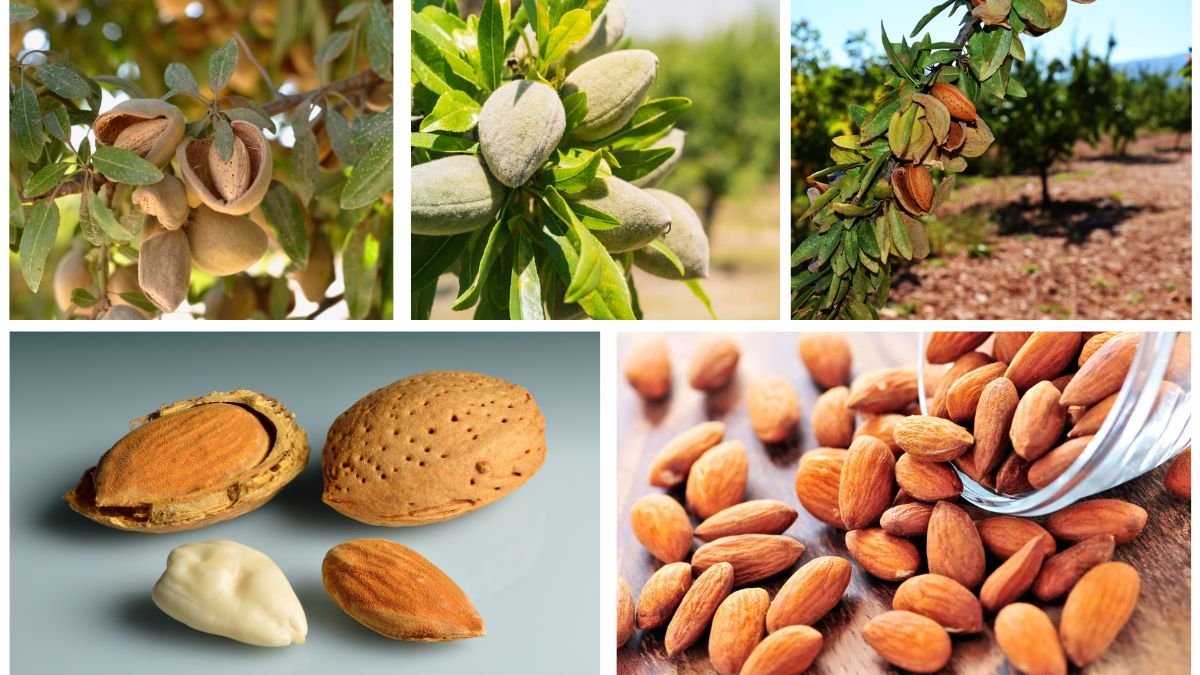Almonds, often hailed as the “king of nuts,” are among the most nutritious and versatile dry fruits in the world. Loved for their crunchy texture, rich taste, and numerous health benefits, almonds have become an essential part of diets across cultures. Whether eaten raw, roasted, or incorporated into desserts and drinks, almonds are both a luxury and a staple. Globally, the almond industry is worth billions of dollars, with countries like the United States, Spain, and Australia dominating production.
But when it comes to India, the question often arises: Who is the top Indian almond producer globally?
Interestingly, while India is one of the world’s largest consumers of almonds, its role as a producer is relatively limited compared to international giants. Yet, certain regions in India, especially in the north, contribute significantly to domestic almond cultivation. Let’s explore India’s almond production landscape, identify the top-producing regions, and understand how they fit into the global picture.
Almonds: A Global Perspective
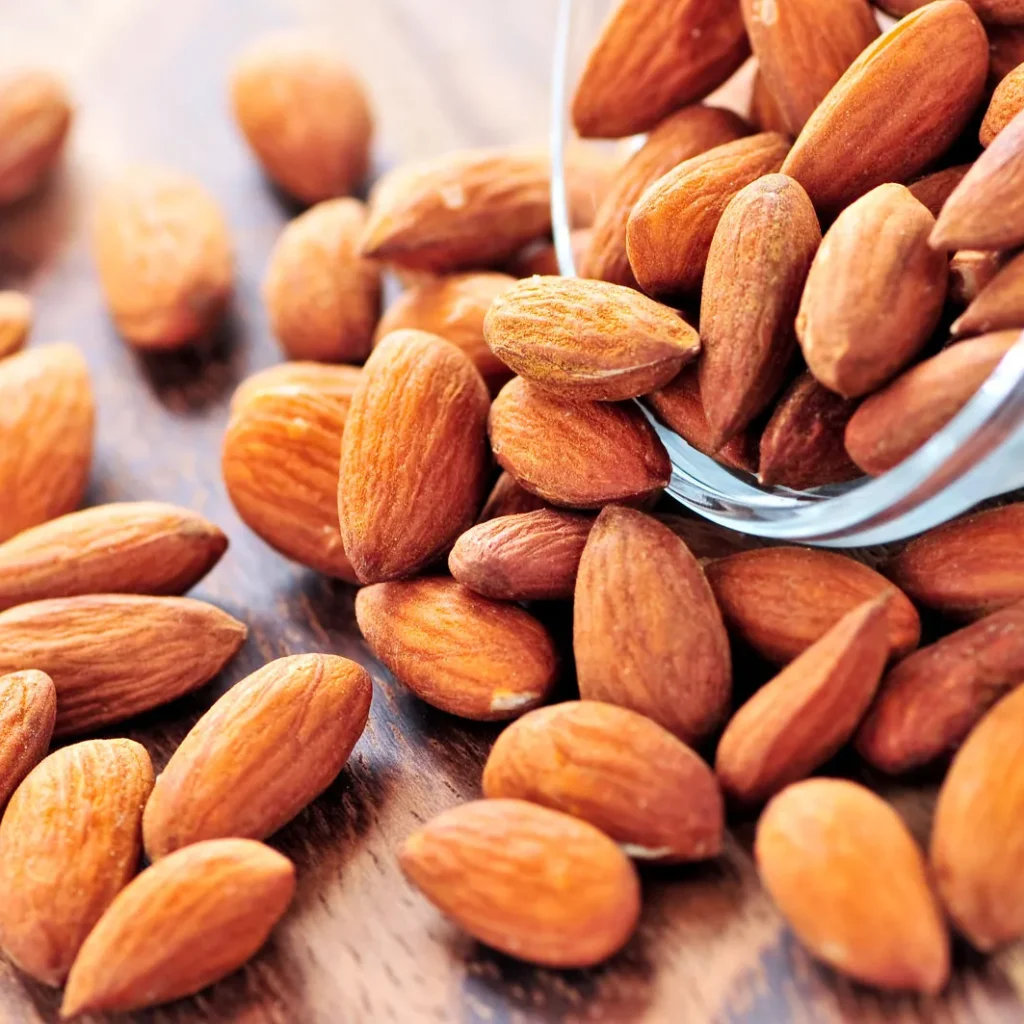
Before diving into India’s contribution, it’s essential to understand the global almond industry.
- United States (California) – The U.S., specifically California, is the undisputed leader, producing over 1.3 million metric tons annually, accounting for nearly 80% of global almond output.
- Spain – With its Mediterranean climate, Spain produces around 340,000 metric tons annually, making it Europe’s top producer.
- Australia – Produces over 160,000 metric tons, with much of it destined for export.
- Iran, Turkey, and Italy – Also have sizable almond industries with regional significance.
Against this backdrop, India’s production is relatively small but still vital to domestic supply, especially considering its rapidly growing demand for dry fruits.
Almond Production in India
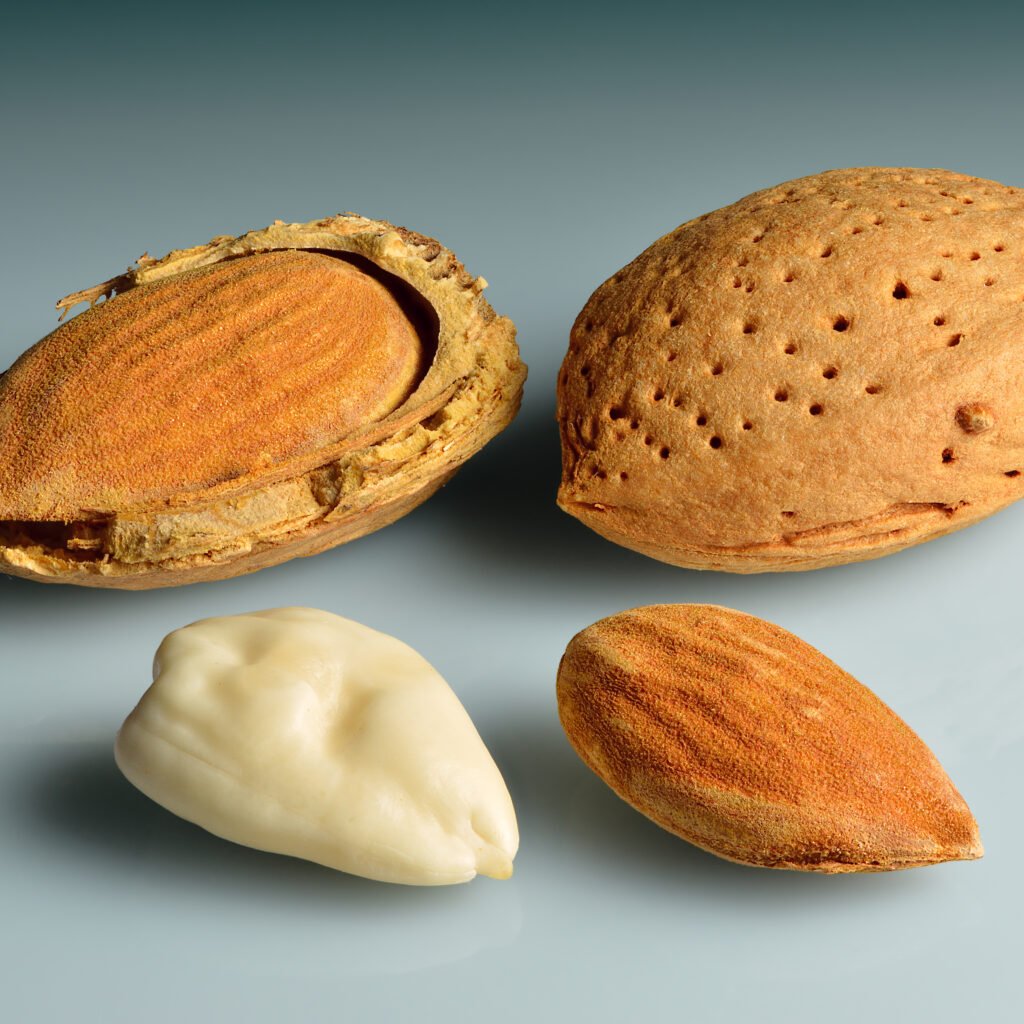
Climatic Suitability
Almonds require a temperate climate with cool winters and warm, dry summers. This makes India’s northern states ideal for cultivation, particularly in Jammu & Kashmir, Himachal Pradesh, and some parts of Uttarakhand.
Production Volume
India produces roughly 4,500 to 5,000 metric tons of almonds annually—a fraction compared to global leaders. However, this production is crucial for supporting local markets and preserving indigenous almond varieties.
Domestic Demand
India is one of the largest importers of almonds in the world, particularly from the U.S. and Australia. The rising middle-class population, growing health awareness, and cultural traditions have made almonds a staple during festivals, weddings, and daily consumption.
Top Indian Almond Producing Regions
1. Jammu & Kashmir – The Almond Capital of India
Undoubtedly, Jammu & Kashmir (J&K) is the heart of almond cultivation in India. The region’s cool climate, fertile soil, and traditional expertise make it ideal for almond orchards.
- Contribution: J&K accounts for nearly 90% of India’s total almond production.
- Famous Varieties:
- Kagzi Badam – Known for its thin shell and sweet kernel.
- Shalimar, Makhdoom, and Waris varieties – Highly valued for flavor and nutritional content.
- Specialty: Kashmiri almonds are smaller than Californian almonds but are richer in oil, flavor, and nutrients.
Almond cultivation has been a traditional practice in Kashmir for centuries, with orchards often passed down through generations. These almonds are not just agricultural products but also an integral part of Kashmiri culture and cuisine.
2. Himachal Pradesh

Himachal Pradesh is another important almond-growing region. With similar climatic conditions to Kashmir, certain districts like Kinnaur and Mandi have embraced almond farming.
- Contribution: Produces around 8–10% of India’s almonds.
- Characteristics: The almonds from Himachal are known for their sweetness and are often consumed locally rather than widely traded.
3. Uttarakhand
Uttarakhand contributes modestly to India’s almond output. In districts like Almora and Nainital, small-scale almond orchards exist alongside other horticultural crops like apples and walnuts.
- Contribution: Roughly 2–3% of national production.
- Note: While small, Uttarakhand’s contribution is vital for regional markets and diversifying the horticultural economy.
Who Is the Top Indian Almond Producer Globally?
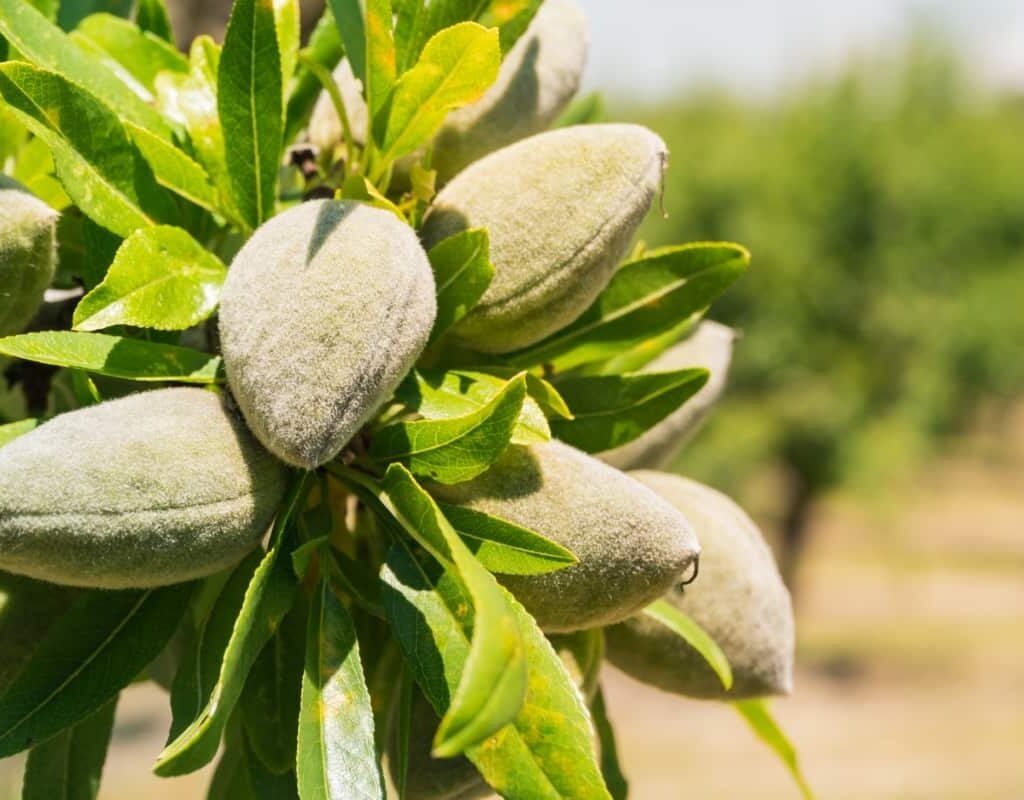
When phrased this way, the title can be slightly confusing because India is not a major global producer of almonds. The United States (California) holds that crown. However, within the Indian context:
- Jammu & Kashmir is the top almond-producing region in India.
- Globally, India’s share in production is small, but it dominates as one of the largest consumers and importers of almonds.
So, the direct answer is: Jammu & Kashmir is the top Indian almond producer, though India’s overall contribution to global almond production remains limited.
India’s Role in the Global Almond Market
Imports Dominate Supply
Because domestic production cannot meet the soaring demand, India imports massive quantities of almonds every year. In fact:
- India imports over 250,000 metric tons of almonds annually, primarily from California.
- Almond imports are one of the largest contributors to India’s dry fruit import bill.
Consumer Trends
- Almonds are considered a luxury but also a necessity in urban households.
- They are commonly consumed soaked, added to milk, sweets, biryanis, and even ground into almond flour.
- Rising awareness about the health benefits—such as improving heart health, aiding weight management, and boosting immunity—has increased almond consumption.
Challenges Facing Indian Almond Production
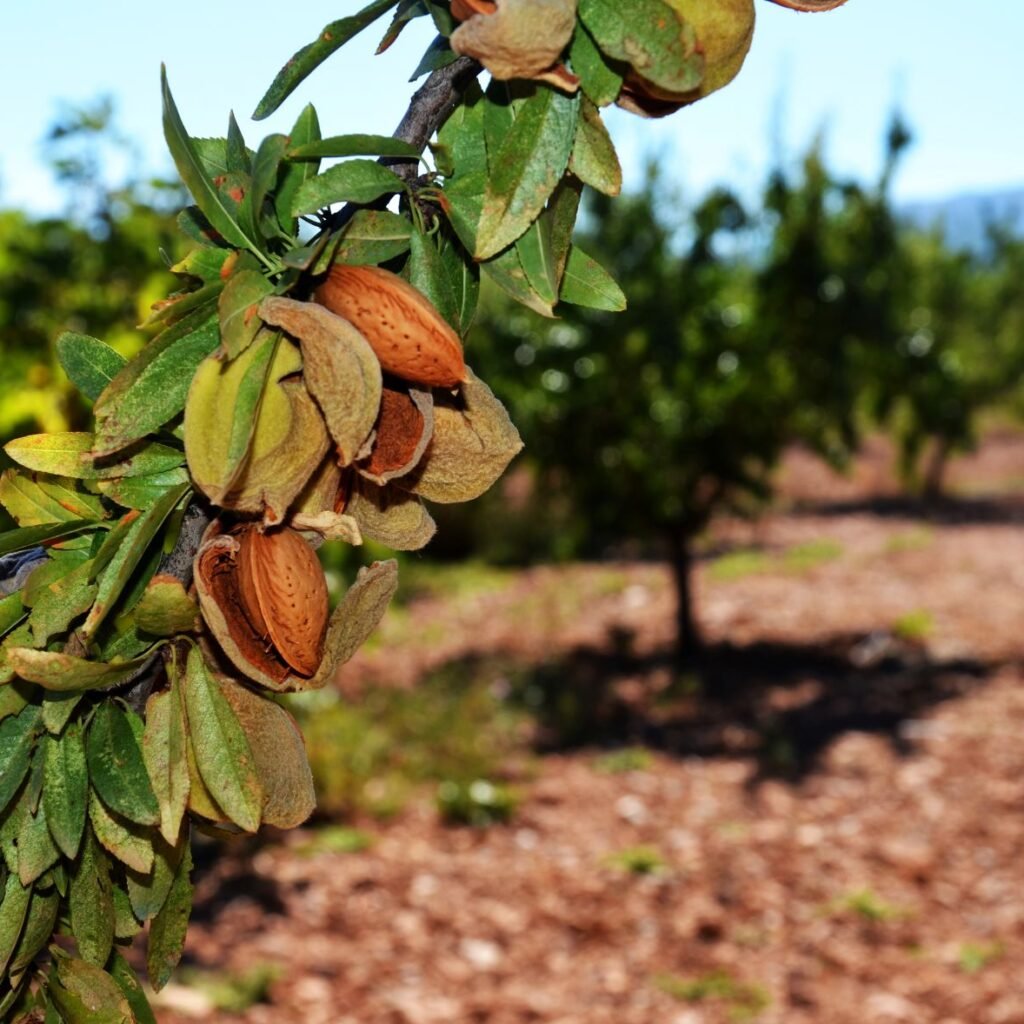
- Limited Area Under Cultivation
Most almond orchards in India are concentrated in small areas, restricting expansion. - Climatic Risks
Almonds are sensitive to frost, hailstorms, and unpredictable weather, making yields inconsistent. - Competition with Imports
Imported Californian almonds dominate Indian markets due to their larger size and uniform appearance, overshadowing the locally grown Kashmiri almonds. - Lack of Infrastructure
Cold storage, processing facilities, and efficient supply chains are underdeveloped in almond-growing regions.
Opportunities for Growth
Despite the challenges, India has immense potential in boosting its almond sector:
- Expansion in Horticulture Zones: With the government encouraging horticultural diversification, more land in Himachal and Uttarakhand could be used for almond farming.
- Promotion of Kashmiri Almonds: Branding Kashmiri almonds as a premium product could boost their global demand, much like Kashmiri saffron.
- Organic Farming: Global markets are leaning toward organic dry fruits. India’s traditional farming practices could give it a competitive edge.
- Research and Development: Developing high-yield, climate-resilient almond varieties could significantly increase production.
The Cultural Value of Almonds in India
Almonds are not just another dry fruit in India—they carry cultural, religious, and culinary significance.
- Festivals: During Diwali, Eid, and other festivals, almonds are gifted as symbols of prosperity and good health.
- Ayurveda: Almonds are considered “sattvic” food, beneficial for brain development, memory, and vitality.
- Cuisine: From Kashmiri Rogan Josh and Phirni to Punjabi Badam milk and sweets, almonds are integral to Indian recipes.
Conclusion
So, who is the top Indian almond producer globally? While India itself is not a major almond producer on the global stage, Jammu & Kashmir stands out as the leading almond-producing region within the country. Kashmiri almonds, though smaller in size compared to Californian imports, are prized for their rich flavor, oil content, and nutritional benefits.
Globally, India shines more as a consumer and importer than a producer. Yet, with strategic investment, branding, and expansion, India has the potential to strengthen its almond production sector, giving its indigenous varieties the recognition they deserve worldwide.
Almonds will always remain a symbol of prosperity, health, and culture in India, making them not just an agricultural commodity but a part of the nation’s identity.
